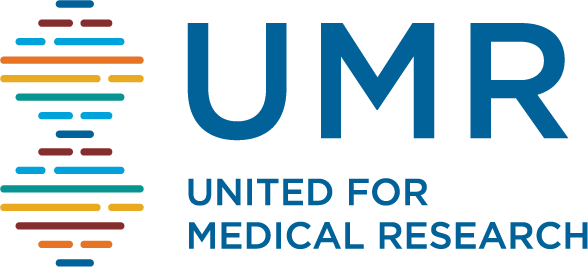April 10, 2024
_
On April 10, 2024, UMR wrote to Appropriations Subcommittee on Labor, Health and Human Services, Education and Related Agencies (“Labor-HHS”) Chairs, Sen. Tammy Baldwin and Rep. Robert Aderholt, and Ranking Members, Sen. Shelly Moore Capito and Rep. Rosa DeLauro, urging for a base budget of at least $51.3 billion for the National Institutes of Health (NIH) in the Fiscal Year 2025 appropriations bill.
The letter states:
Dear Chairs Baldwin and Aderholt and Ranking Members Capito and DeLauro:
On behalf of United for Medical Research (UMR), a coalition of America’s leading research institutions, private industry, and patient advocates, we want to thank you for your support of the National Institutes of Health (NIH) in annual appropriations and urge you to provide at least $51.3 billion in base funding for NIH in Fiscal Year 2025.
We fully understand the constraints on FY2025 appropriations, however, even small cuts to the overall NIH budget will have a profound impact, particularly given the significant health challenges facing families and communities across the United States. A smaller NIH budget means fewer new research grants awarded, cuts to current research projects, reduced opportunities for our next generation of researchers, and loss of America’s role as the global leader in biomedical research to China and other countries that are investing robustly in their research enterprise.
According to the NIH’s National Center for Advancing Translational Sciences (NCATS), of the more than 10,000 known rare diseases, only about 500 have treatments. This means that millions of people with illnesses and diseases are waiting for effective treatments and cures.
In addition to saving lives and improving health, NIH is a catalyst for economic growth. In fact, a recently released UMR report shows that, in FY2023 alone, NIH-funded research supported more than 412,000 jobs and nearly $93 billion in economic activity across the United States, making the NIH a research and economic powerhouse. Our analysis found that every $1 of NIH research funding generates $2.46 in economic activity. Further, a report issued by UMR late last year reveals the exponential impact that research funding from the NIH has on rural states.
Few agencies – if any – have a higher return on investment than the NIH. Its capacity to support critical medical research nationwide is unparalleled, and it serves as a beacon of hope to millions of families desperate for breakthroughs in treatments and cures.
Rather than underinvest our nation’s biomedical research innovation, this is the time to push NIH’s mission forward and provide strong, sustained, and predictable funding. As leaders of the Appropriations Labor-HHS subcommittee, we implore you to renew Congress’ bipartisan and bicameral commitment to this national priority and provide NIH’s base program level with at least $51.3 billion for FY2025.
UMR greatly appreciates your leadership on biomedical research funding, and we are eager to help your efforts in any way.

